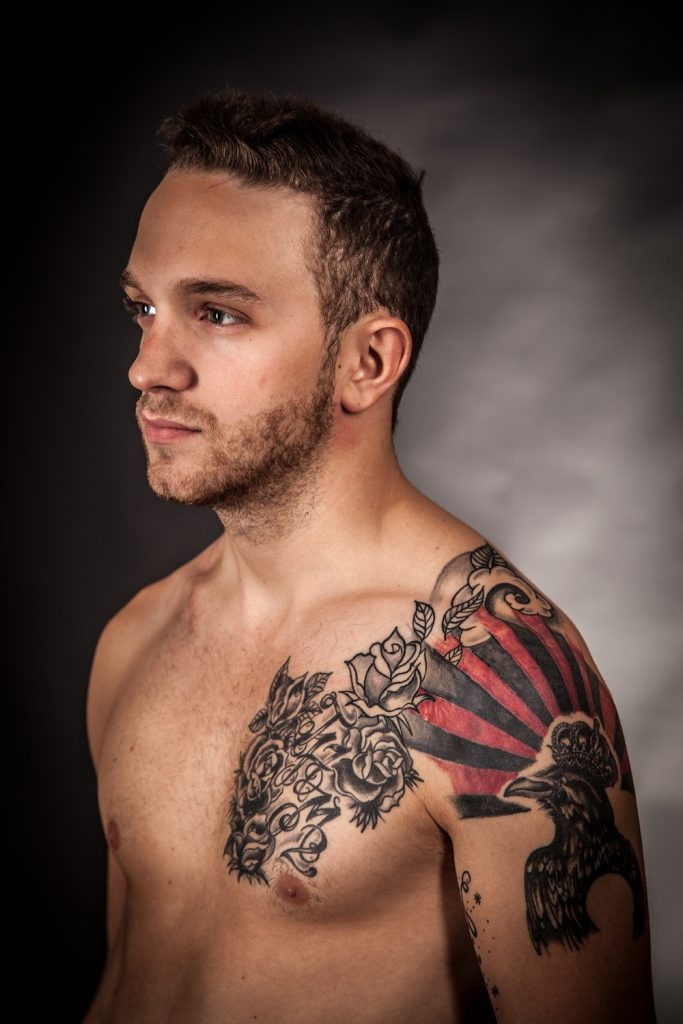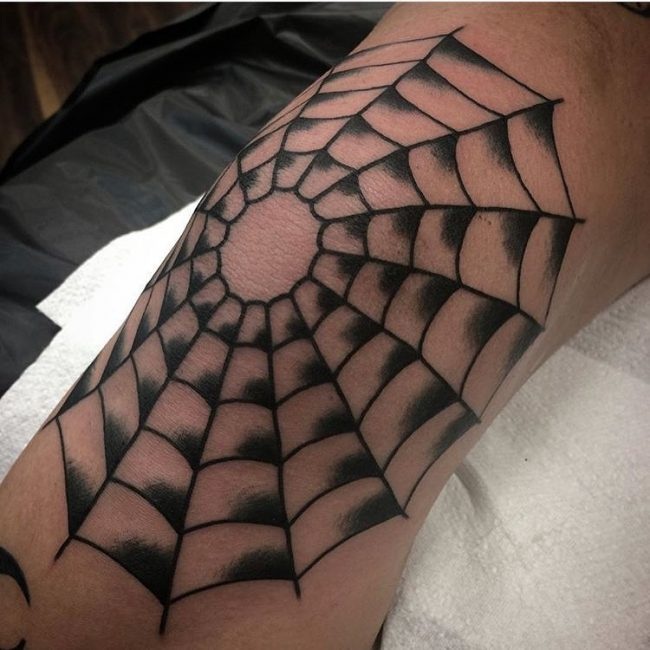Tattoos are everywhere.
They come in different shapes and sizes: from the most obscure symbols dotted on one’s wrists, to the elaborately designed full-back pieces, body ink has grown to be accepted in society. Gone are the days when tattoos are seen as exclusive to non-conformists, Satanists, pariahs, or prison inmates, among other stereotypes.
Pretty much, tattoos were once viewed by many as an act of bodily desecration. But that no longer seems to be the case today, as 36 percent of Americans between 18 and 25 have been under the needle at least once in their lives – and this study is now a decade old.
Imagine how much the numbers have changed since then? From hipster coffee shops to heavy metal concerts, whether one is an Instagram influencer or a 16-wheeler truck driver, tattoos have legitimately become a normal sight.

But among all the many places we can easily spot this form of body art today, prisons have always been a place for tats since time immemorial. It’s quite amazing, to be honest, how prison tattooing continues to exist despite the act still considered illegal. That being said, given the history of jails and its inherent machismo, it cannot be denied how many inmates find their selves inked as they spend precious time behind bars.
Inked for Life: Why Do Prisoners Get Tattoos?
Fierce-looking animals, edgy typography, symbolic objects reflective of their lives, and other grim, violent, or dark images often cover the skins of your everyday jailbird. It is important to note, too, that since tattooing is prohibited inside prison, we really can’t expect much quality in the rendering of prison ink. Having access to a variety of colors, for example, is a luxury. Health reasons are a different conversation altogether. And a brilliant, artful design? That seems kind of out of the question already. At best, a prison tattoo can look not too crude.
Tattoos are prohibited in prisons because of two reasons: safety and health. Tattoos often involve sharp needles, which are prohibited because they pose a risk to inmates and the guards. Sporting a new tattoo while you’ve been behind bars this whole time suggests that you or someone you know has a sharp object. Tattoo needles are out of the question, so inmates improvise needles with pencils, radio antennae, staple wires, and paper clips, while ink substitutes include melted Styrofoam or soot and shampoo. So if a guard questions a prisoner where or how they got their tattoo, they would rather accept punishment for self-mutilation (tattooing has been considered a high-severity prohibited act since 2011) rather than snitch.
Because your regular tattoo artist’s equipment isn’t available in prisons, there are health risks to getting a tattoo. These makeshift needles aren’t sterilized, and that could lead to infection or diseases such as AIDS and hepatitis that are spread through needles.
And yet, despite the safety and health risks as well as the punishment that awaits them for getting a new tattoo, prisoners are still willing to get inked. That is because, in prisons, tattoos are not just meant for body aesthetics and have a given meaning within prison walls.
As someone who has yet to experience that type of life, we can only assume that prisoners would typically find fulfilment in the meaning and stories that these tattoos carry. Who would have thought that tough men – convicted criminals (to be more specific) – gave careful thought to things like these?
The most common of prison tattoos can be categorized according to two umbrellas of reasoning: affiliations and reputations.
Affiliations
As human beings segregated from the outside world, prisoners will often choose to have a symbol of their gang tattooed on their bodies. This gives them a sense of belongingness – something which roots itself in human psychology; the basic need to feel loved by someone, like one’s family. A couple of examples includes:
- The letters “AFFA” stand for “Angels Forever, Forever Angels,” which refers to the near-mythical Hells Angels motorcycle club. They are usually inked on the knuckles or torso of a member.

- Two lightning bolts that look like the letters “SS” is a symbol for white supremacist groups. A homage of sorts to Nazi Germany, this tattoo represents a prisoner’s skewed perspective on race. Fun fact: Edward Norton plays Derek Vinyard in the Tony Kaye film, American History X (1998), a neo-Nazi who finds himself in prison after the murder of two African-American teenagers. He sports a handful of tattoos defining his links to the group. A barbed wire armband, for instance, is usually connotative of the years a prisoner has served. In Russian prison culture, the barbed wire tattoo is representative of a life sentence (with no chance of parole) when inked across one’s forehead.
- The 5-Point Crown tattoo serves to identify an inmate with links to the Latin Kings gang – a major Hispanic gang that started out in Chicago during the 40s’s. It is not unusual to notice the letters “ALKN” around the crown, which is an acronym for “Almighty Latin Kings Nation.” These designs are often seen tattooed on the neck, or as a huge piece across the gang member’s back.
Reputations
As a community of felons, it is but natural for prisoners to look out for their selves first and foremost. One way to ensure that they would have no need for any introduction are tattoos. The best examples that I can think of include:
- The teardrop on the face is a design often associated with murder. With the tat inked on one’s face, it is hard to miss, and anyone who comes across a fellow prisoner with that teardrop is expected to recognize this as a form of respect. Most prisons acknowledge the design according to its crafting. A hollow teardrop, for instance, can denote an attempted or botched-up murder, but it can also mean that a buddy of the prisoner had been killed and they are now out for blood. And while the teardrop tattoo can instill fear, it can also start fights – this public display of masculinity will set off a jail cell’s alpha dogs.

- The cobweb is a tattoo design that symbolizes an inmate’s prison sentence. The cobweb tattoois a metaphor for prison terms that can last decades, or at least be representative of a life sentence. It can also be viewed as a symbol for the prisoner’s situation. He’s caught in this “trap” and cannot escape.
- Knuckle or finger tattoos usually form a word, if not spell out an acronym. Examples of these are the letters “EWMN” inked on one hand. These letters stand for “Evil, Wicked, Mean, Nasty” – which is an inmate’s way to simply drive across a point: that they are bad people one should not mess with. Another example are the letters “ACAB,” which is also an acronym that stands for “All Cops Are Bastards” or “All Cops Are Bitches.” Again, designs like these serve to show other inmates how tough these people are – that they don’t back down from no one.
That being said, affiliation and reputation are the two apparent factors that drive prisoners to get tattoos – among other reasons that may have to do with one being stuck in jail for years on end. If anything, these two reasons drive each other. Affiliations can boost one’s reputation. In prison, both can earn you enemies and allies, and that could make all the difference when trying to stay alive amongst dangerous men. And word spreads fast in prison, right?
There are several reasons for inmates to avoid getting tattoos while in prison, but when one realizes that they have all the time in the world, and that they aren’t going anywhere fast, the art of tattooing doesn’t seem like a bad idea. How bad can it get, right? You’re already in prison.
